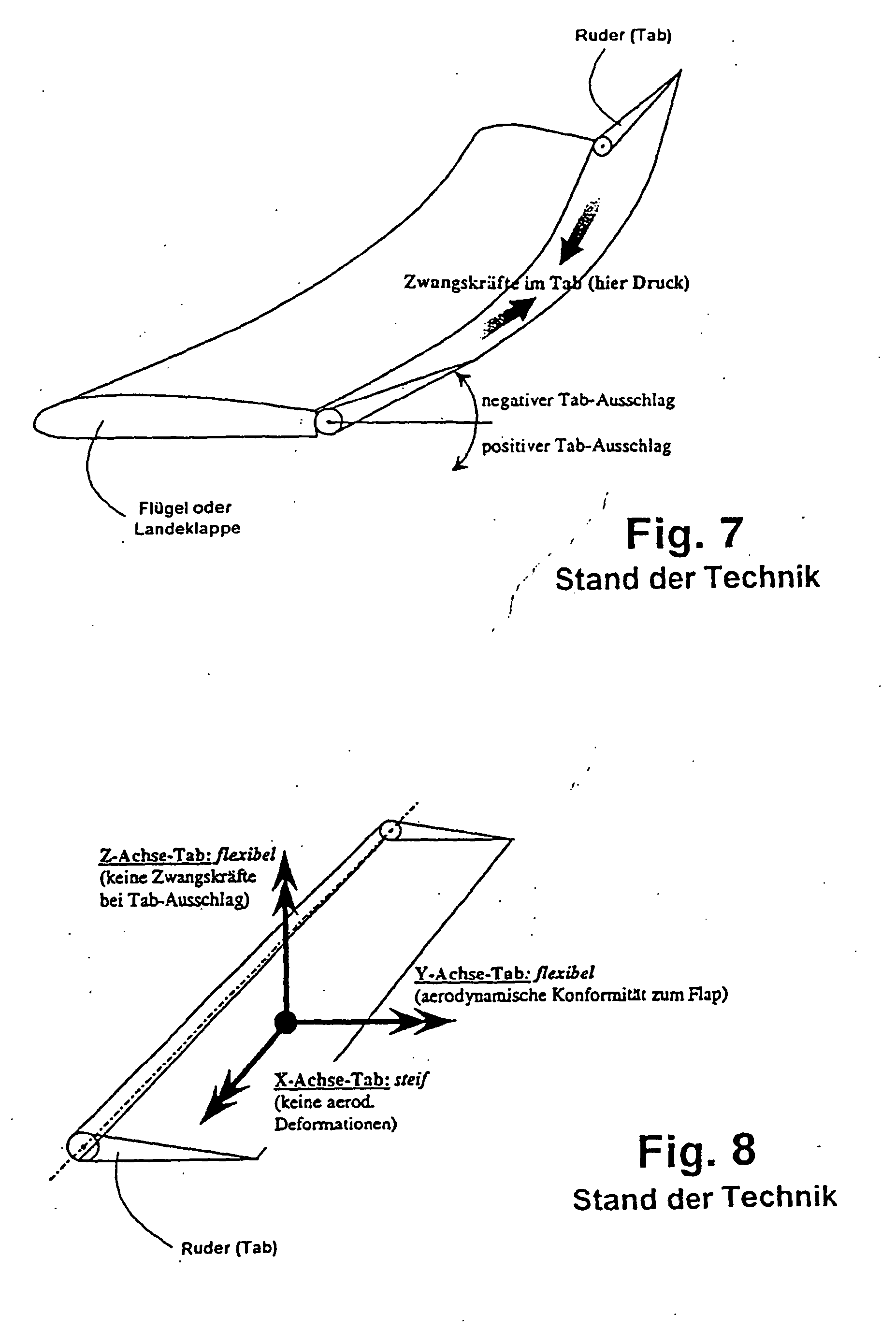


Vorticity is invariant with respect to the moving coordinates, and hence, the need for an equivalent Moore-Rott-Sears (MRS) criterion can be avoided. Here, the unsteady flow separation is best characterized by zero apparent vorticity at the surface. The separation bubble forms on the suction surface, which is undergoing a prescribed motion. This leads to the evolution of reverse flow within the boundary layer, which at this stage is still non-interactive. Stage 1 is the triggering phase which is brought about by the adverse pressure gradient on the suction surface between the location of maximum thickness, i.e., the shoulder, and the trailing edge (TE). In this study, the theoretical analysis of Walker is used to depict the various phases of the dynamic stall event.įigure 1 depicts the four stages of the dynamic stall event. Jumper and Stephen have described the various stages of the dynamic stall event using their experimental data for lift and drag versus angle of attack α. , Carr has provided insight into the dynamic stall phenomenon by considering the boundary-layer behavior for a NACA 0012 airfoil oscillated in pitch. Based on the earlier study of McCroskey et al. The dynamic stall phenomenon takes place on rapidly maneuvering aircraft and helicopter rotor blades, and is also encountered in many other engineering applications of practical interest.

The increased forces experienced during this event are significantly higher, and have intrigued aerodynamicists for many years. The unsteady flow over airfoils and wings, undergoing an unsteady motion to angles significantly beyond the static-stall angle, leads to the dynamic stall event. Ghia, in Experimental Heat Transfer, Fluid Mechanics and Thermodynamics 1993, 1993 DYNAMIC STALL PHENOMENON


 0 kommentar(er)
0 kommentar(er)
